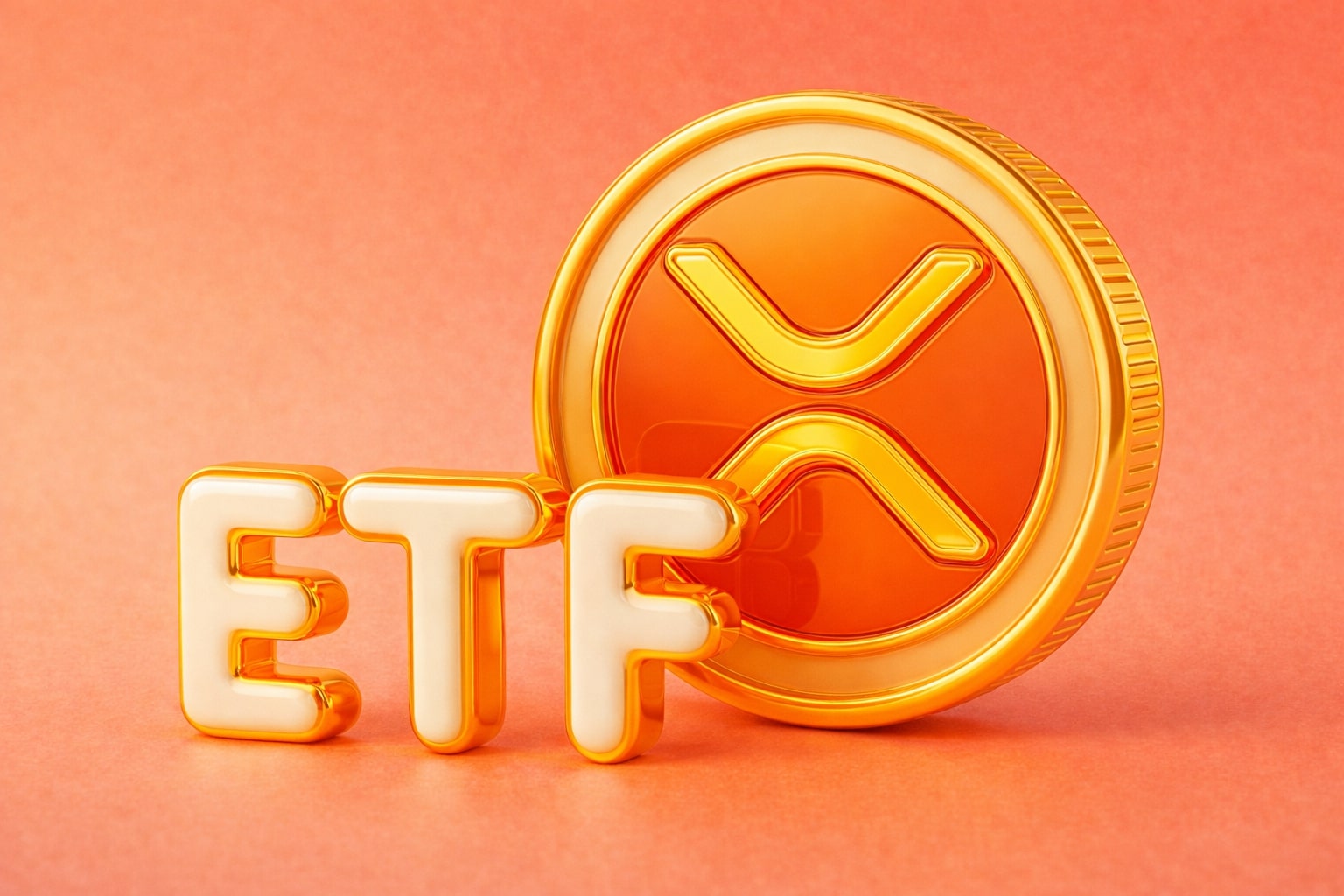
Bitcoin Rockets Above $66,000: Inflation Drop and Fed Rate Cuts Fuel Massive Rally
As the Fed cuts rates and inflation cools, Bitcoin surges, nearing $70,000. Will global liquidity and demand drive BTC to new heights? | That's TradingNEWS
Bitcoin (BTC) Soars Above $66,000: Inflation Data and Rate Cuts Fuel Optimism for Higher Levels
Rate Cuts and Inflation Data Drive Bitcoin Surge
Bitcoin (BTC) has soared to its highest levels since July, recently trading at $66,550 following the release of lower-than-expected inflation data. This sharp uptick was triggered by the U.S. Federal Reserve’s dovish stance, including a 50 basis point rate cut that signaled a more accommodative policy. The Personal Consumption Expenditures (PCE) index, a key inflation metric, rose just 0.1% month-over-month in August and 2.2% year-over-year, far below expectations, giving investors confidence that inflation pressures are cooling. As the opportunity cost of holding non-yielding assets like Bitcoin decreases, the digital asset has surged by over 11% this month, making it one of the best-performing Septembers in over a decade.
Bitcoin’s Bullish Momentum Backed by Global Market Conditions
Fed Eases Rates, Global Markets Liquify
In addition to U.S. market drivers, liquidity injections from global markets, particularly China, have also bolstered Bitcoin’s rise. China's recent interest rate cuts and cash injections have improved global liquidity conditions, pushing up global M2 money supply—a factor that historically correlates positively with Bitcoin’s price. The influx of cash into the financial system increases the demand for risk assets, and Bitcoin is benefiting from this trend. Market analysts believe this will drive BTC towards the $68,000 to $70,000 range in the near term, especially as expectations of further rate cuts rise.
Institutional Demand and Central Bank Actions Supporting BTC’s Growth
Global Interest in Bitcoin Continues to Grow
Institutional investors and central banks are also playing a major role in Bitcoin’s recent price action. MicroStrategy’s continued accumulation of Bitcoin, now owning 1.17% of the total BTC supply, highlights the growing interest from corporate players. Additionally, BlackRock's recent moves to tokenize assets and integrate blockchain technology into capital markets are seen as a long-term catalyst for Bitcoin and other digital assets. BlackRock’s investment in platforms like Securitize underscores a broader move toward digital transformation across financial markets, with tokenized assets projected to grow to $16 trillion by 2030. This strong institutional backing is fueling confidence in Bitcoin’s long-term price appreciation.
Bitcoin’s Mining Outlook and Supply Scarcity
99% of Bitcoin Supply Expected to be Mined by 2032
Bitcoin’s supply dynamics are also supporting its bullish trend. According to Michael Saylor, 99% of Bitcoin will be mined by January 2032, significantly accelerating the timeline for Bitcoin’s total supply to be realized. Currently, 94.10% of Bitcoin's maximum supply of 21 million has been mined, leaving approximately 1.24 million BTC left to be mined. As the supply shrinks, scarcity could drive the price even higher, with market analysts projecting that the final Bitcoin could be mined around the year 2140. This supply limitation, coupled with growing institutional demand, points toward a strong price outlook for Bitcoin in the coming years.
Technical Indicators Show Near-Term Volatility for Bitcoin
Short-Term Correction Possible Despite Strong Fundamentals
While Bitcoin’s long-term trajectory looks positive, some technical indicators suggest near-term downside risks. Open interest (OI) in Bitcoin futures reached $35 billion in late September, signaling strong speculative interest in the digital asset. However, spot market liquidity remains skewed towards sellers, which could result in short-term corrections. Bitcoin's 4-hour chart shows a bearish divergence with its relative strength index (RSI), signaling a potential short-term pullback to $62,300, a 4.66% decline. If Bitcoin fails to hold above the key $60,000 support level, it could jeopardize the current bullish momentum, though this would likely represent a buying opportunity for long-term investors.
Historical Trends Suggest Bullish Momentum for Q4
Bitcoin's Strong Q4 Performance Expected to Continue
Historically, when Bitcoin ends September on a positive note, it often follows with even stronger gains in the final quarter of the year. With BTC up over 11% in September, analysts are eyeing potential further gains through Q4, driven by continued monetary easing and global macroeconomic conditions. If Bitcoin can maintain its current bullish momentum, price targets between $70,000 and $75,000 are becoming more realistic for the end of the year.
Conclusion: Bitcoin Positioned for Long-Term Growth Amid Short-Term Volatility
Bitcoin’s recent surge above $66,000 has been supported by favorable inflation data, global liquidity conditions, and institutional interest. While near-term volatility remains a risk, the overall outlook for BTC remains bullish, with strong potential for price appreciation driven by shrinking supply and growing demand. Investors should watch for short-term corrections as potential buying opportunities, particularly if Bitcoin continues to hold above key support levels like $60,000. As we move into Q4, the next major resistance level at $70,000 will be a key test for Bitcoin’s ongoing upward trajectory.
That's TradingNEWS
Read More
-
UCO ETF Price Forecast: Can NYSEARCA:UCO at $18.57 Ride a 2026 Oil Squeeze?
18.12.2025 · TradingNEWS ArchiveStocks
-
XRPI at $10.50 and XRPR at $14.93 Hit XRP ETF Lows While XRP-USD Holds $1.84 After 30 Days of Inflows
18.12.2025 · TradingNEWS ArchiveCrypto
-
Natural Gas Price Forecast: Henry Hub Holds Around $4 as EIA Draw Hits 167 Bcf
18.12.2025 · TradingNEWS ArchiveCommodities
-
USD/JPY Price Forecast: Pair Holds Above 155 As BoJ And US CPI Set Up A Major Break
18.12.2025 · TradingNEWS ArchiveForex

















